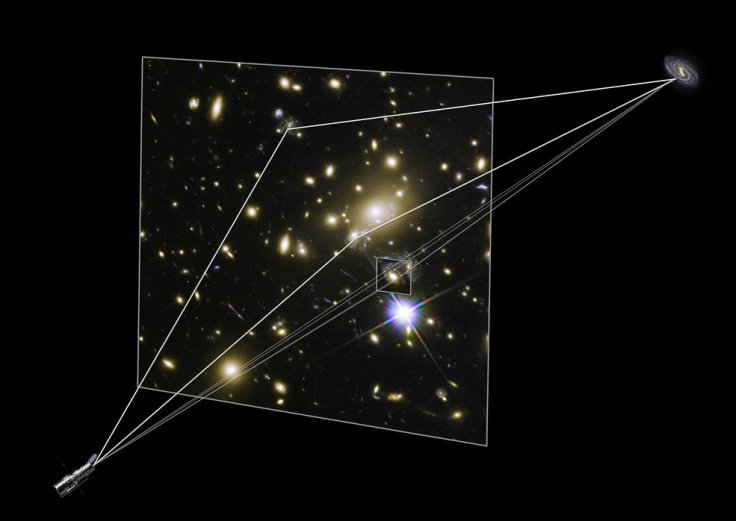Astronomers from Canterbury University recently found a new super-Earth, a planet may be home to life forms in our Milky Way galaxy. This can be called 'one in a million' discovery as the newly found planet is among the only handful of such planets discovered that's comparable in both size and orbit to that of Earth.
Researchers from Canterbury University's planet hunters' published their findings in The Astronomical Journal named "A Super-Earth Near the Galactic Bulge". Dr Antonio Herrera Martin and Associate Professor Michael Albrow who led the research are part of an international collaboration of astronomers on 'super-Earth' research.
Incredibly rare

Martin described the discovery as "incredibly rare." Explaining how rare it was, he said that it was detected in a five-hour gap of distortion in the overall five-day observation to detect the magnification due to the host star reported Star News. When it was confirmed that there was another 'body' other than the star after eliminating instrumental errors, the researchers obtained characteristics of the star-planet system, said Martin.
The super Earth's host star was found to be 10 percent the mass of our Sun when they kept the solar system as a point of reference, while the newly found planet's mass would be somewhere between that of Earth's and Neptune's. The super Earth's location, comparing to our solar system would be somewhere between that of Venus and Earth from the parent star. As the host star had lesser mass than the Sun, it's planet would have a year having 617 days.
High similarity to the Earth in terms of location from the star, orbit and its size makes it a rare super-Earth among only a few such extra-solar planets detected.
Gravitational microlensing

Martin said that this was done using "gravitational microlensing," a phenomenon where light from elsewhere gets deflected around the circumference of heavenly bodies such as stars due to gravity. Combined gravities of the planet and the host star made light "from a more distant background star to be magnified in a particular way. We used telescopes distributed around the world to measure the light-bending effect," explained Martin.
Such 'microlensing effect' is so rare that this happens only in about one in a million stars found the galaxy. Adding to which, such observations don't repeat, while there is very less probability of catching such super-Earth's, said the researcher. The microlensing event was observed in 2018 and was named OGLE-2018-BLG-0677, it was independently detected by the Optical Gravitational Lensing Experiment (OGLE) by the use of three identical telescopes in Australia, South Africa and Chile.
Records 100,000,000 stars every 15 min
The telescopes have very large cameras used in measuring the light outputs from almost 100,000,000 stars every 15 minutes. Such experiments detect almost 3,000 microlensing events annually, said Albrow, co-author of the paper.
The research undertook months of computational analysis in order to conclude that the event was indeed due to a star and a low-mass planet system. This happened after Martin noted an unusual shape in the light output.









